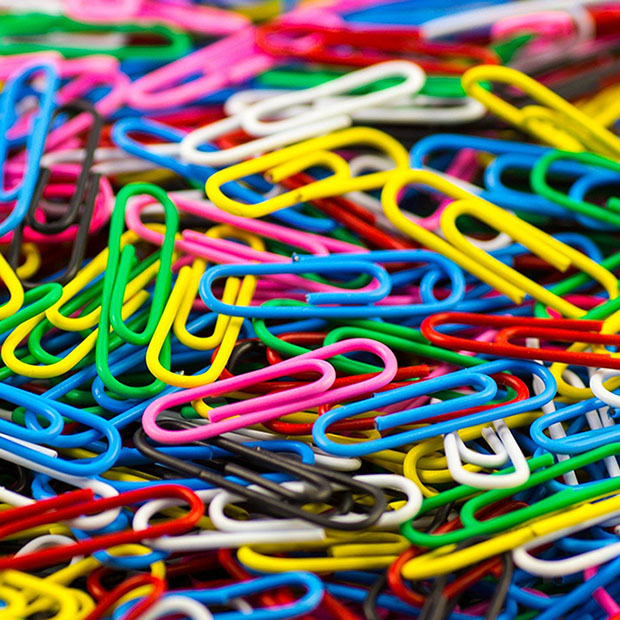The Dangers of DIY Braces

Do-it-yourself projects can be wonderful ways to explore creativity, build something new, fix something broken, make something better, or simply save a little money.
However, as medical experts who care very much about the health of your teeth, we have to draw the line at do-it-yourself braces.
The Alarming Trend of DIY Braces
We’ve noticed a disturbing trend in YouTube videos and social media where enterprising teens attempt to, in true MacGyver fashion, use household items like paper clips, rubber bands, fishing line, earring backs, and dental floss to straighten their teeth as an alternative to professional orthodontic treatment.
If shifting teeth into their proper position were as simple as applying pressure to cause movement, we might be impressed, but it’s much more complex than that. Orthodontists design treatment plans around patients’ overall oral health, growth patterns in the bones and tissues of the face, whether the wisdom teeth pose a potential problem, and more — not just the current position of their teeth.
Damaged Enamel and Root Strangulation
David Campbell is one example of how serious the consequences of DIY teeth-straightening can be. He used rubber bands to try to close the gap between his front teeth. He thought the rubber bands were disappearing at night, but they were actually working their way up into his gums, where they strangled the roots of his teeth. In the end, repairing the damage was more expensive than professional orthodontic treatment would have been.
Another danger is damage to the protective enamel layer on the tooth. Without the right materials and tools that orthodontists use, metal and rubber bands scraping against teeth can wear away the enamel, leaving teeth more vulnerable to tooth decay and temperature sensitivity.
Braces Are a Job for Professionals
We want to be clear: DIY braces are not cool life hacks, they are dangerous. Correcting bad bites and crowded dental arches is a complex and delicate process. Trying to get a straighter smile without the years of training and study to become a dentist, followed by additional years gaining the proper orthodontic specialization, is a recipe for disaster. If you want a straighter smile, leave it to the experts.
A Word from the AAO
At best, these “treatments” will merely be unsuccessful. At worst, they can lead to losing teeth. The American Association of Orthodontics put it best: “Moving teeth is a medical procedure and needs personal supervision by an orthodontist…Moving teeth without a thorough examination of the overall health of the teeth and gums could result in the permanent loss of teeth, which may result in expensive and lifelong dental problems.”